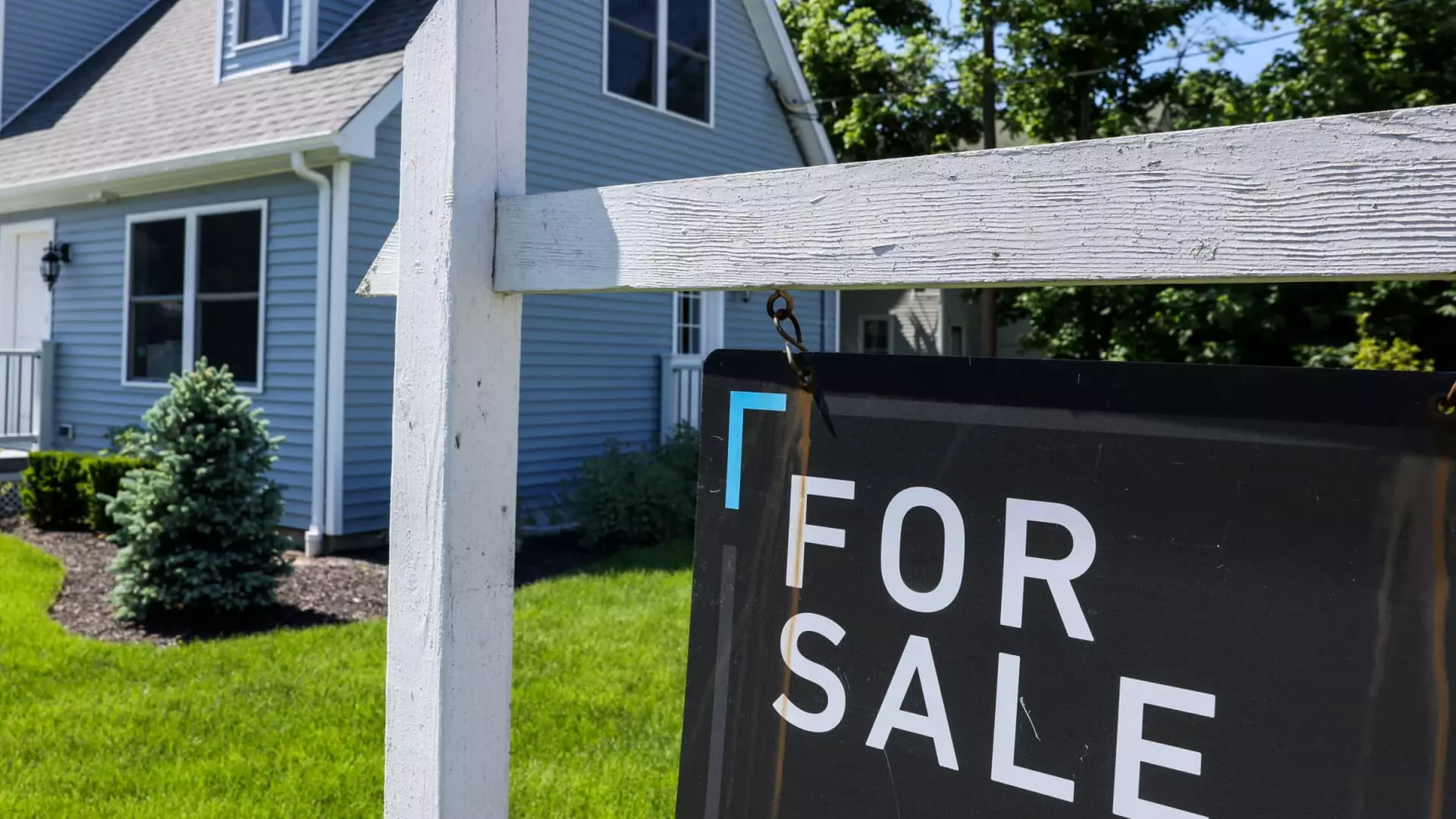In recent weeks, mortgage rates have experienced a slight decline, prompting a significant increase in refinance applications. According to the Mortgage Bankers Association (MBA), these applications surged by 10% over the past week, indicating a growing interest among homeowners to refinance their existing loans. This uptick is particularly noteworthy as it represents a 33% increase compared to the same period last year. These movements in refinance activity can be attributed to a modest decrease in the average contract interest rate for 30-year fixed mortgages, which fell from 6.97% to 6.95%. Nevertheless, the enthusiasm for refinancing should be tempered by the fact that rates are still hovering around the 7% mark, making it less accessible for many.
Market Sentiment Among Homeowners
A significant portion of homeowners, approximately 17%, are locked into mortgage rates at or above 6%. This is the highest percentage observed since 2016, underscoring a concerning trend for those considering refinancing options. While the MBA reports strong week-over-week percentage gains in refinancing applications, these figures reflect a recovery from historically low volumes, suggesting that genuine demand may be more limited than it appears. Despite the increase in refinance applications, many homeowners may find themselves caught between elevated rates and the costs associated with refinancing, leading to hesitancy in making a decision.
As the refinance market heats up, the mortgage application landscape for purchasing homes is facing its own set of challenges. Applications for loans to purchase new properties dropped by 2% this past week, although they still show a 2% increase compared to the same week last year. Current buyers are navigating a competitive market marked by high prices and limited inventory, which continues to discourage potential purchasers. Interestingly, the average loan amount for purchase applications has reached a record $456,100, a trend partially driven by a decrease in FHA applications and a rise in VA loans. This shift may indicate that buyers are moving towards more traditional financing options as they seek homes in a tightening market.
As this week began, mortgage rates ticked slightly higher once again, adding to the uncertainty felt by both homeowners and potential buyers. Analysts are keeping a close watch on upcoming inflation data, particularly the Consumer Price Index set to be released. With anticipated volatility, experts warn that forecasting accuracy tends to wane early in the year, adding to market anxiety. The outcome of the inflation report could result in more significant shifts in mortgage rates, affecting borrower sentiment and decision-making.
While the current trends in mortgage rates and refinancing applications reflect a dynamic market, homeowners and prospective buyers must remain cautious. High rates, escalating costs, and a competitive housing market are shaping the landscape, making it crucial for individuals to stay informed and consider their options carefully.

